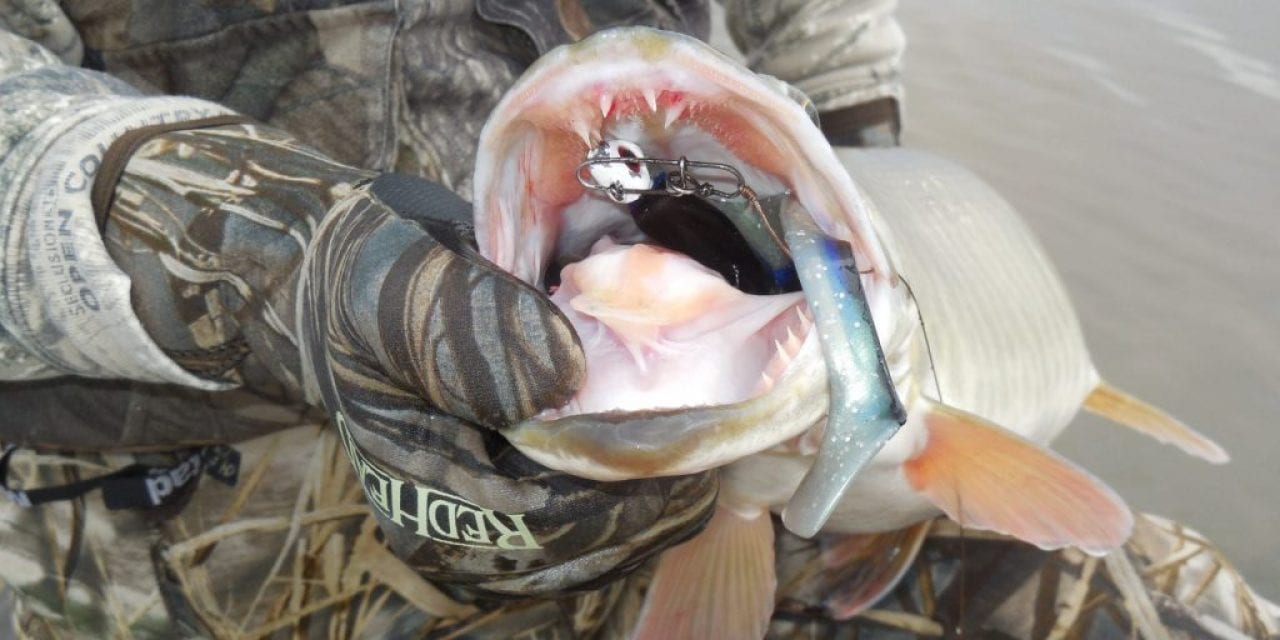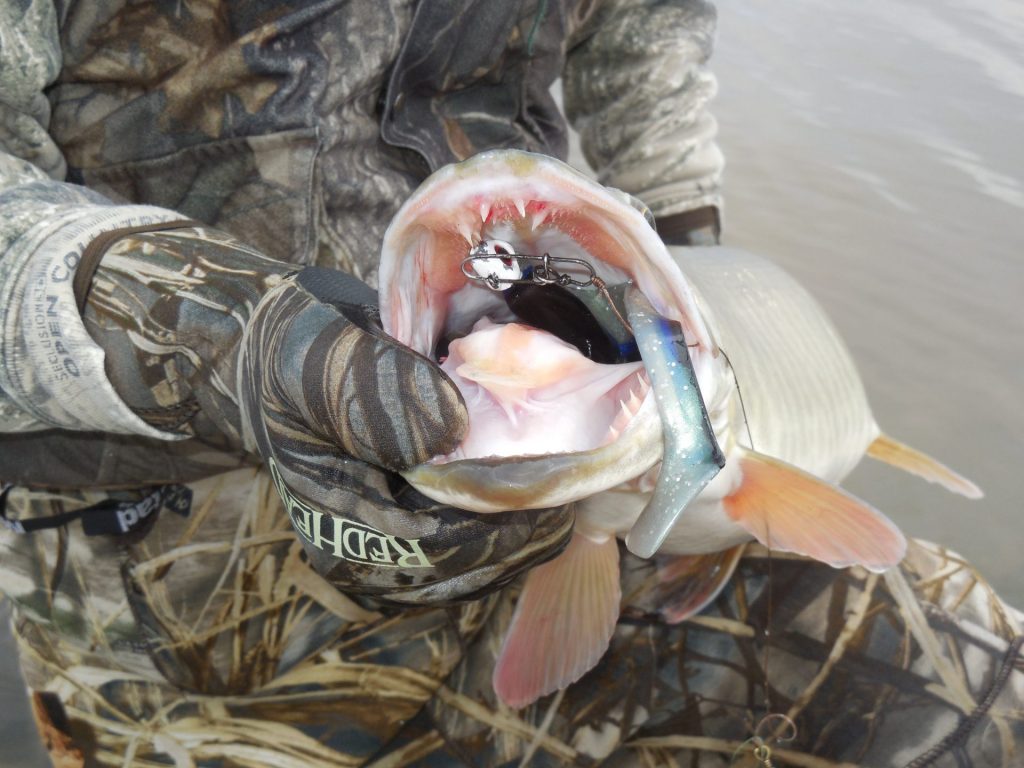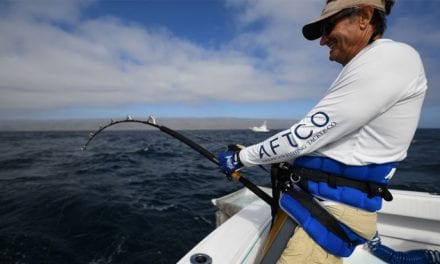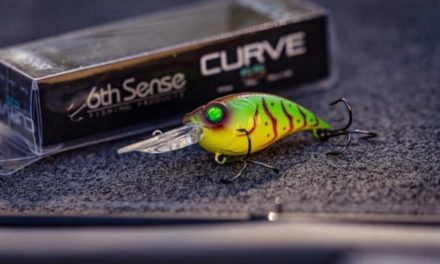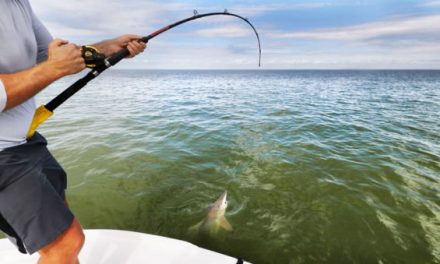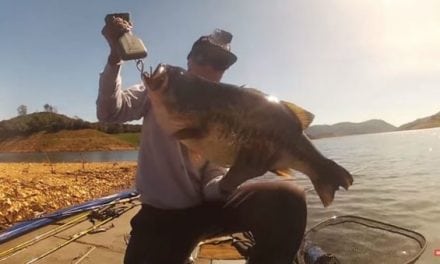I have been blogging for a number of years now. Many topics come around seasonally year after year, and I am always reluctant to offer up “re-runs”. Then again, one way to learn something is through repetition. . . . So, I am going to return to a topic I mention pretty much every autumn, but maybe use a different approach this time. . . .
I have often said that I am a believer in big baits for big fish. In previous blog posts I have cited “optimal foraging theory” as one reason fish will select for large prey if that prey is available. To survive, fish must take in more energy than they burn, and one way they can do that is by selecting for large prey items. That is especially true if fish are not only going to survive but grow fast and reach large sizes.
Of course any discussion of best baits and presentations begins with a knowledge of the natural prey. What are the fish eating? “Match the hatch” is the fly-angler’s mantra, but it applies to pretty much every species of fish. Match the natural prey. Which is exactly my point this time of year: The natural prey, baitfish, have grown all summer long and now are larger than they were in spring and early summer. Even crappies are eating baitfish larger than you might think, and if they are, you better believe the bass, walleyes, pike, catfish and every other fish-eating predator fish is too.
Research has consistently shown that predator fish may try to consume any prey that they believe they can swallow. The width of the throat is the only limit to size of prey that can be consumed. Therefore, predator fish may consume prey up to half their own body length although prey that is 30%-40% of their body length is most likely to be consumed. Stop reading for a minute and do a little math: A 20-inch bass is likely to be eating prey up to 8 inches long. A 28-inch walleye, 11-inch prey. A 45-inch muskie, 18-inch prey.
You fishing baits that big?
The prey being consumed by predator fish in any environment is usually what is most available. Again, optimal foraging theory would tell us that something that is readily available takes less energy to catch and consume. Once more that brings up a couple of points I make every fall: First, find prey concentrations. Where there is an abundance of prey, predators will not be far behind. Lastly, and for the last time, that abundant prey is now larger than it was earlier in the year.
OK, I have beat that horse to death and then some. “Fish big baits, BLAH, BLAH, BLAH.”
You still ain’t doing it.
You know how I know? Simple, walk the aisles in any local bait shop or sporting goods store. Except for the token muskie baits some of those businesses have in stock, pretty much everything else filling the racks and shelves is smaller than I want to buy! What they have in stock is product that they are most likely to move, and they are not moving big baits.
Oh, by the way, that is why more and more of my tackle shopping is done on-line.
Why aren’t the masses buying and fishing bigger baits?
The answer to that is simple too:
They are too scared.
There, I said it. “Too scared”. Too scared of the perception that fishing bigger baits will mean less fish caught. That might be true to some extent, but remember, those predator fish are all eating natural prey larger than you might think. Reality is you catch a lot of relatively small fish on big baits.
So what if you catch less small fish? Why are you fishing? Are you afraid you are going to starve? My bet is there are hardly any of us fishing for subsistence, and every angler I know would like to catch more big fish. I will say it again, if you want to take your fishing to the next level, you gotta get beyond trying to fill the stringer, beyond fishing for what you can take home. Start fishing for more big fish to catch AND RELEASE, and all of a sudden you might surprised by how your catch increases overall.
But, you are too scared to do that.
Or, maybe you are too scared that some big, bad predator fish might end up on the end of your line.
Halloweeny is next week, and things can get spooky this time of year. Better be careful.
The post Why You Won’t Throw a Big Bait appeared first on Nebraskaland Magazine.

